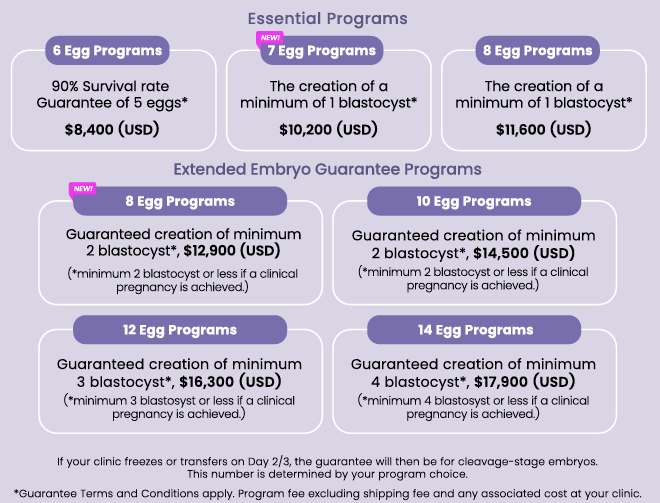 Low sperm counts are becoming an increasingly common problem in the developed world. A joint investigation by specialists from the Hebrew University of Jerusalem, Hadassah Hospital and NY’s Mount Sinai School of Medicine, which reviewed 7500 studies, revealed a sharp decline in sperm quality between 1973 and 2011. Sperm concentration dropped by a staggering 50% while total count values fell even further – by 60%.
Low sperm counts are becoming an increasingly common problem in the developed world. A joint investigation by specialists from the Hebrew University of Jerusalem, Hadassah Hospital and NY’s Mount Sinai School of Medicine, which reviewed 7500 studies, revealed a sharp decline in sperm quality between 1973 and 2011. Sperm concentration dropped by a staggering 50% while total count values fell even further – by 60%.
The most drastic findings relate to men from the First World – on average, between 1973 and 2011, their sperm concentration and sperm count values dropped by 52.9% and 59.3% respectively. Meanwhile, only a minor reduction in sperm quality was noted in South American, African and Asian men (although researches note that this might not be entirely accurate due to fewer data available for those areas).
The goal of the study, led by Dr. Hagai Levine, who heads the Environmental Health Track at Hadassah’s School of Medicine, was to identify current trends in male fertility. According to the experts, a low sperm count doesn’t only affect one’s reproductive capabilities but also reflects on overall health.
Dr. Levine: Decline in Sperm Quality a Wake-up Call
While the researchers did not examine the causes, some of the studies reviewed linked the decline to environmental factors and modern lifestyle, including prenatal exposure to chemicals, exposure to pesticides, smoking, stress and obesity.
Dr. Levine noted that as spermogramm values play a crucial role in male factor infertility, the findings are a wake-up call, and that studies to map out the exact reasons behind the drop need to be conducted immediately.
These findings come on the back of a 2013 study published in Washington Street Journal, which revealed that approximately 20% of European men have a low sperm count. Another recent study at Harvard, which examined over 8,000 couples and over 19,000 ART cycles, noted a decline in quality of sperm after 40, leading to a sharp drop in fertility treatment success: from between 70 and 73% for males aged 30-35 to only 46% for 40-42-year-olds (in both cases the female partners’ age was below 30).

















